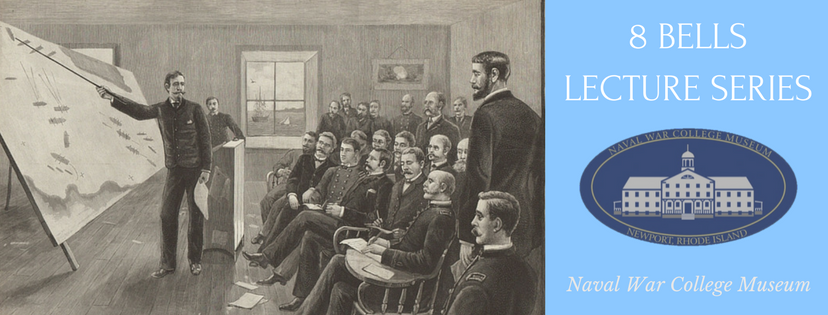Eight Bells Lecture Series: "The Secret in Building 26"

About this Event
Event Information
Meghan Brown, Naval War College Museum
This event is not open to the general public
This event is for Naval War College students, faculty and staff.'The Secret in Building 26: The Untold Story of America's Ultra War Against the U-boat Enigma Codes', by Jim DeBrosse
Much has been written and filmed about the success of the British “Ultra” program in cracking the German Enigma codes early in World War II. But few people know what happened in 1942, when the Germans added a fourth alphabet-scrambling rotor to their “unbreakable” coding machine and plunged Allied intelligence into darkness. Within months, U.S. convoy ships to England were being sunk by U-boats faster than America could build new ones. The Office of Naval Intelligence turned to Joe Desch, an unassuming but brilliant engineer who had invented the first electronic calculating machine in 1941 for the National Cash Register Co., then based in Dayton, Ohio. Desch was given the daunting task of creating a computer prototype to break back into the new German naval code, dubbed “Shark.”
The resulting U.S. Naval Computing Machine Laboratory, housed in NCR’s Building 26, rivaled the Manhattan Project for secrecy and complexity. Nearly a thousand U.S. Navy WAVES were brought to NCR to build the machines. Desch and his joint NCR-Navy engineering team succeeded in designing a fast, reliable machine known as the NCR Bombe – unfortunately, not in time to turn the Battle of the Atlantic. But the 120 bombes helped in breaking all of the Enigma codes for the remainder of the war and were especially useful during the D-Day invasion, when the Allies had nearly real-time access to the German battle plan.
Jim DeBrosse, Ph.D., is a veteran journalist and retired assistant professor of journalism at Miami University in Oxford, Ohio. “The Secret in Building 26,” written with co-author and historian Colin Burke, was released in 2004.
All lectures are free and open to the public, no reservations are required.
Most Recent
8:00 a.m.
U.S. Naval War College, 686 Cushing Rd, Newport, RI 02841
U.S. Naval War College, 686 Cushing Road, Newport, RI 02841
U.S. Naval War College, 686 Cushing Road, Newport, RI 02841
8:00 a.m.
U.S. Naval War College, 686 Cushing Road, Newport, RI 02841
U.S. Naval War College, 686 Cushing Rd, Newport, RI 02841
